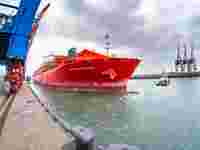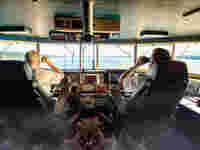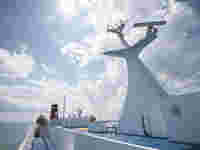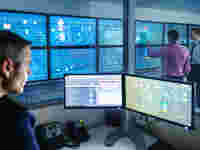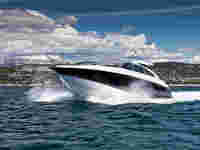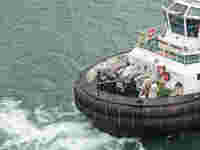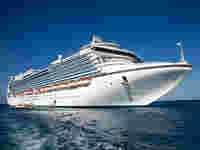“You can only save a limited amount of energy from land.”
It comes down to the crew: Interview with Hannah Ohorn, Superintendent for the Hamburg Süd shipping company.
Some 10,500 containers in total – then the Cap San Raphael is fully loaded. The ship has traveled the world’s oceans for the Hamburg Süd shipping company for five years. According to load, route, and weather conditions, this ship and its five sisters burn between 90 and 100 tonnes of fuel per day. They are the largest of the 46 ships in Hamburg Süd’s bright red fleet. Hannah Ohorn, Superintendent at the Hamburg Süd shipping company, sees substantial potential for savings in this number, without sacrificing convenience. At more than 400 dollars per tonne, the work quickly pays for itself. We spoke with Hannah Ohorn in Hamburg to learn which measures the shipping company – a new member of the Danish Maersk Group – will implement and how they plan on including the vessel’s crew.
